Recreating the Country blog |
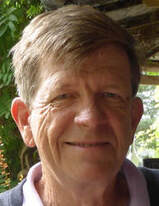 John Delpratt John is an Honorary Fellow with the University of Melbourne. He was a lecturer in plant production and seed technology at the University’s Burnley campus for 25 years prior to his retirement. His involvement with native grassland conservation focused initially on cultivation and seed production systems for grassland forbs and later on the reconstruction and management of diverse native grassland communities for both ecological and horticultural applications. Over the past few months, Steve has introduced the native grasslands and grassy woodlands of temperate Australia; what we know of their management and why we are losing the battle to save them – a compelling story in four Blogs. I have the privilege of adding my own contribution to this discussion. 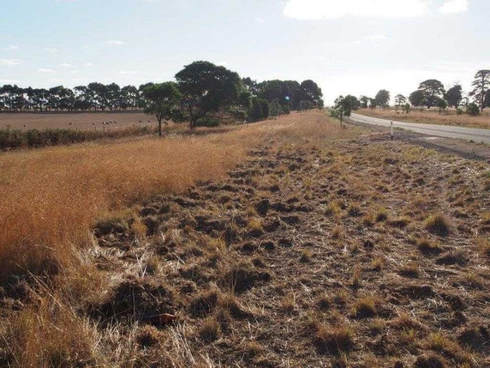 Recent mechanical damage to a section of Kangaroo Grass (Themeda triandra) roadside remnant vegetation. The reason for the damage is not known but it illustrates how quickly these communities can be degraded or destroyed, with little prospect of timely repair or restoration. Image: Liz Fenton Recent mechanical damage to a section of Kangaroo Grass (Themeda triandra) roadside remnant vegetation. The reason for the damage is not known but it illustrates how quickly these communities can be degraded or destroyed, with little prospect of timely repair or restoration. Image: Liz Fenton The critical element for any conservation activity is HOPE Constantly, we are reminded that natural temperate grasslands and grassy woodlands are among Australia’s most endangered plant communities. We watch in disbelief and frustration as these complex and beautiful communities are incrementally degraded, reduced and obliterated by human activities such as urban expansion, pasture modification and cropping, and road and roadside operations. 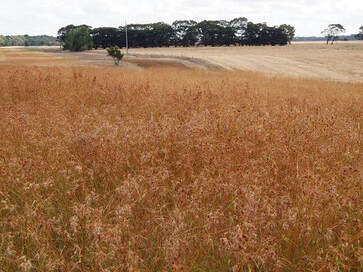 High quality Kangaroo Grass on a broad roadside reserve. Even here, competing uses of the reserve, which have reduced the extent and continuity of the stand, are evident in the top, left-hand corner of the image. Image: Liz Fenton High quality Kangaroo Grass on a broad roadside reserve. Even here, competing uses of the reserve, which have reduced the extent and continuity of the stand, are evident in the top, left-hand corner of the image. Image: Liz Fenton The situation is dire but my experience over the past three decades has engendered that critical element for any conservation activity – HOPE. Hope, that by our efforts we truly are investing in a better future. Hope, because we now have the knowledge and tools to rapidly and massively expand the area of diverse native grassland. And while restoration can never entirely substitute for an intact, species-rich natural temperate grassland, such areas are now so rare on road reserves that the construction of reasonable facsimiles has become the only viable means of securing and expanding this beautiful and functionally important landscape. Restoring diverse native temperate grassland communities from scratch In the last two decades, research and field applications have established principles and practices for establishing, from scratch, diverse grassland communities comprising species from the natural temperate grasslands of south-eastern Australia. In most cases, this can be achieved by a single direct-sowing of a seed mix of grasses and forbs (wildflowers) onto a prepared seed bed. Details of the development of these methods have been published in various journal papers by Paul Gibson-Roy (with others), and Paul and I contributed joint chapters to ‘Land of sweeping plains – managing and restoring the native grasslands of south-eastern Australia’. (If your library does not have a copy, ask that they order one. Disclaimer: we authors do not receive royalties.) The process can be used to restore both small and extensive areas of native grassland to replace exotic vegetation, to expand existing stands of native grassland or grassy woodland and to replace areas of exotic vegetation within an existing native grassland or grassy woodland. The basic requirements for success are simple The basic requirements and procedures for the successful establishment of native grassland by direct sowing are simple, but they must be understood and applied rigorously – as with any human action relying on complex biological processes, disaster is always an option.
While most of these native species grow well with elevated soil nutrients, they lose their competitive advantage over nutrient-loving exotics, which will be in the soil seed and bud bank or adjacent vegetation.
If we were able to separate elevated soil nutrients from the soil weed bank within a reasonable time-frame, soil stripping would not be necessary. However, using currently-available technologies, it takes years to sufficiently deplete nutrients and the soil weed bank. 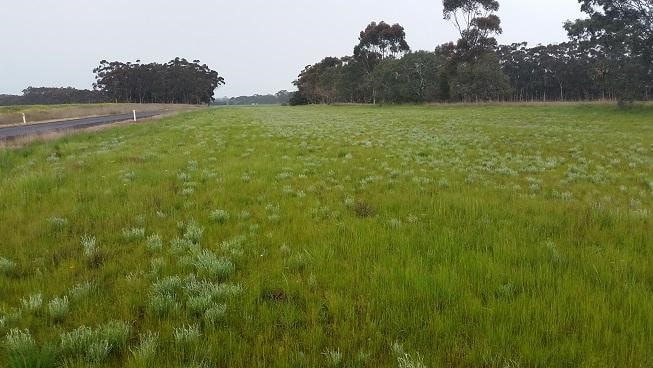 A three-year-old restored diverse native grassland at Woorndoo, south-western Victoria in spring, 2017. The restoration was undertaken by the local community and will feature as a case study in next month’s blog. Image: John Delpratt A three-year-old restored diverse native grassland at Woorndoo, south-western Victoria in spring, 2017. The restoration was undertaken by the local community and will feature as a case study in next month’s blog. Image: John Delpratt Planning, tweaking and patience The level of technology needed to prepare the seed bed and prepare and sow the seed mix will depend on the scale of the project. Machinery has been developed for large sowings. It is critical that any grassland restoration project has the capacity, and intent, to manage the newly-established vegetation to control excess biomass, native or exotic. Similarly, there must be the intent and capacity to influence the vegetation trajectory. This may mean increasing native diversity, if required, or managing species, plant and/or animal, which are threatening to disrupt the restored community. This may be as straightforward as appropriately-timed burning and/or slashing, usually in autumn; a skilled but routine operation in many regions. There are practical protocols and techniques for each of these steps but if suitable seed is not immediately available for all species there may be a lead time of several months to two years to complete the site preparation and sowing. Depending on the time of year seed is sown and the post-sowing weather conditions, a proper assessment of the success of the sowing may take a further six to eighteen months. While I would advocate including Kangaroo Grass in most roadside sowings, it can be relatively slow growing and may take a few years to establish an obvious presence, and much longer to become the dominant grass. In the meantime, Wallaby Grass, Poa and other native grass species do a fine job. If the sowing includes a diverse mix of wildflowers, the reward can be a very fine and colourful display within a couple of years.  A high-quality restoration near Wickliffe with sown native diversity and many colonising natives. This site had been scalped pre-seeding and is under a regular CFA biomass reduction burn program. Image from The Grassy Groundcover Gazette newsletter 2017 A high-quality restoration near Wickliffe with sown native diversity and many colonising natives. This site had been scalped pre-seeding and is under a regular CFA biomass reduction burn program. Image from The Grassy Groundcover Gazette newsletter 2017 I am a strong believer in public land conservation – and rural roadsides offer thousands of kilometres of connectivity and corridors for the plants and small creatures that once, and should still, be defining lifeforms of our wider semi-natural landscapes. Public land, especially roadsides, will always be vulnerable to occasional damage but the more high-quality, connected habitat we have, the less significant will be the impact of each damaging event – particularly when we have the tools and confidence to repair the damage. To read more about the amazing breakthroughs in restoring grasslands click here to read the 2017 Grassy Groundcover Gazette newsletter John Delpratt continues his story about restoring Kangaroo Grass in the Woorndoo roadside reserve in part 2 here 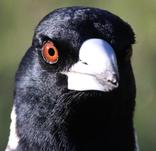 Feel like vegging out on a good yarn. Click here to catch up with 'Seeds the monthly chronicle' Chapter 7 - The Wadawurrung, has just been posted
3 Comments
Jack
7/7/2020 02:49:27 pm
Fantastic article, will be using some of these tips (and that word hope) to help grassland out in Snake Valley. This website is killer!!
Reply
Steve
7/7/2020 04:41:48 pm
Thanks Jack,
Reply
Leave a Reply. |
Click on the image below to discover 'Recreating the Country' the book.
Stephen Murphy is an author, an ecologist and a nurseryman. He has been a designer of natural landscapes for over 30 years. He loves the bush, supports Landcare and is a volunteer helping to conserve local reserves.
He continues to write about ecology, natural history and sustainable biorich landscape design. 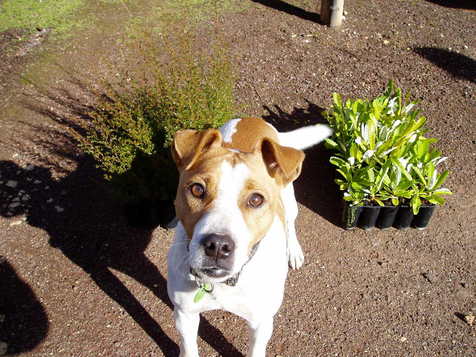
|
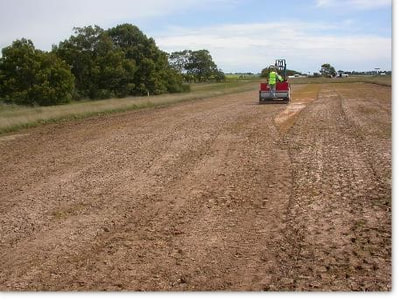
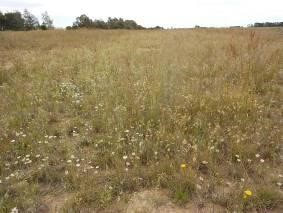
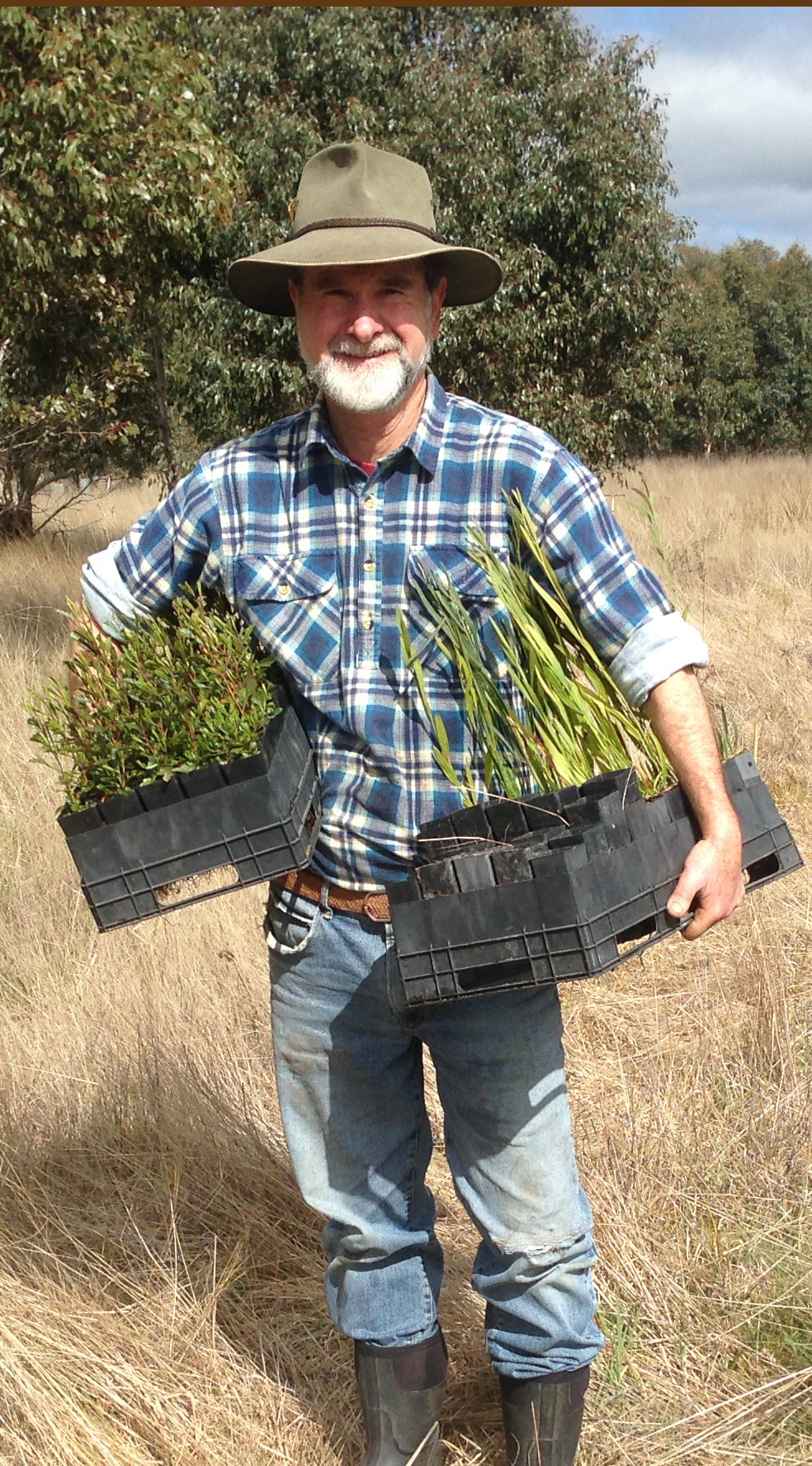

 RSS Feed
RSS Feed
